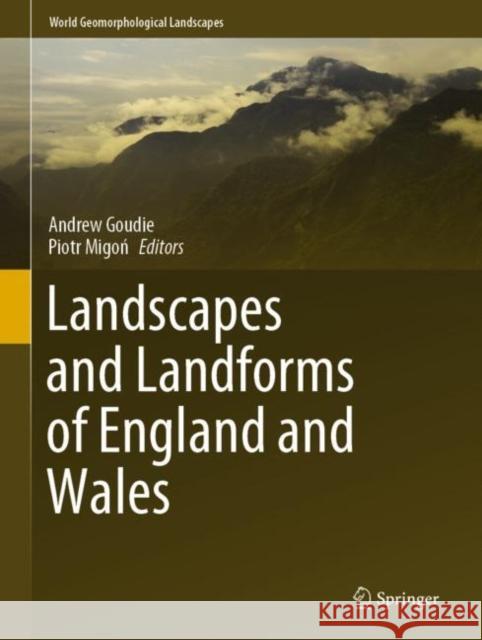Landscapes and Landforms of England and Wales » książka
topmenu
Landscapes and Landforms of England and Wales
ISBN-13: 9783030389567 / Angielski / Twarda / 2020 / 612 str.
Landscapes and Landforms of England and Wales
ISBN-13: 9783030389567 / Angielski / Twarda / 2020 / 612 str.
cena 805,10
(netto: 766,76 VAT: 5%)
Najniższa cena z 30 dni: 771,08
(netto: 766,76 VAT: 5%)
Najniższa cena z 30 dni: 771,08
Termin realizacji zamówienia:
ok. 22 dni roboczych
Dostawa w 2026 r.
ok. 22 dni roboczych
Dostawa w 2026 r.
Darmowa dostawa!
Kategorie:
Kategorie BISAC:
Wydawca:
Springer
Seria wydawnicza:
Język:
Angielski
ISBN-13:
9783030389567
Rok wydania:
2020
Wydanie:
2020
Numer serii:
000467893
Ilość stron:
612
Waga:
1.67 kg
Wymiary:
28.45 x 21.59 x 2.79
Oprawa:
Twarda
Wolumenów:
01











